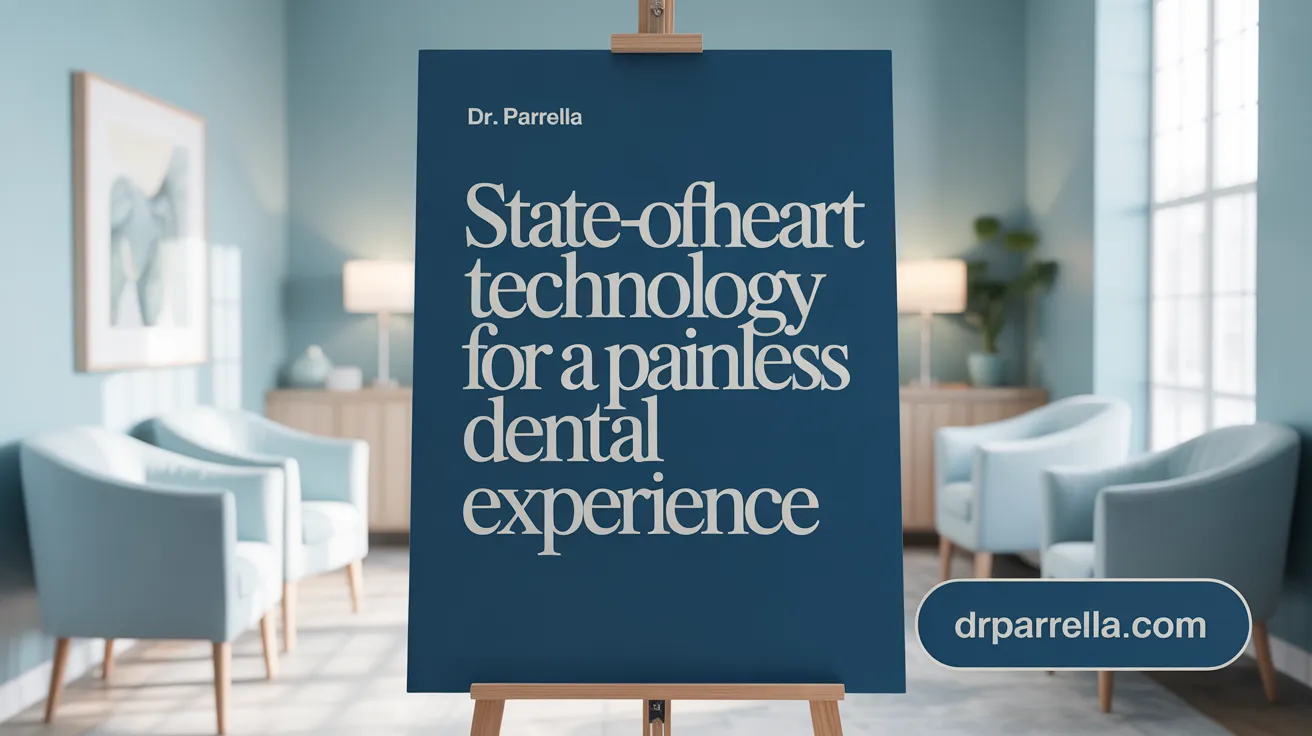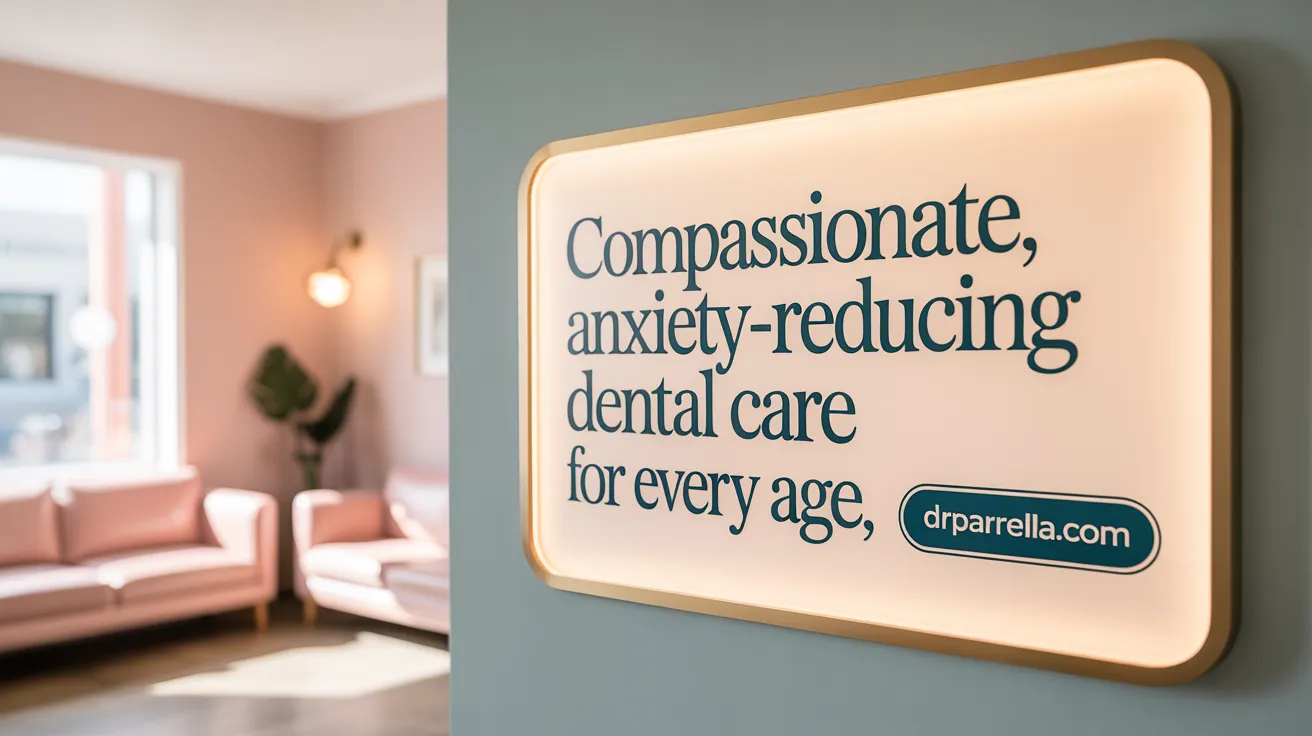Creating a Welcoming Space for Every Smile
Family dentistry is more than just treating teeth; it’s about fostering an environment where patients of all ages feel safe, valued, and cared for. From toddlers experiencing their first dental visit to seniors managing age-related oral health, family dentistry offers a comprehensive, comforting approach that supports lifelong dental health. This article explores how family dental practices create spaces and services tailored to meet the diverse needs of all family members, ensuring each visit is a positive and reassuring experience.
Personalized Care and Continuity Across Generations

How does family dentistry provide care to patients across all age groups?
Family dentistry offers comprehensive dental services for individuals at every stage of life, from infants and young children to adults and seniors. This all-in-one approach includes preventive care like regular check-ups, cleanings, fluoride treatments, and sealants, as well as restorative procedures, cosmetic enhancements, orthodontic evaluations, and emergency services. Practitioners tailor treatments to fit the specific needs of each age group, addressing childhood concerns such as early oral development and pediatric anxiety, as well as adult challenges including gum disease, tooth replacement, and age-related oral health issues.
What are the benefits of long-term relationships with a family dentist?
Building a long-term relationship with a family dentist fosters trust and familiarity, which is especially vital for reducing dental anxiety among children and adults alike. This ongoing continuity allows dentists to monitor dental health changes over time, recognize hereditary issues within the family, and provide highly personalized treatment plans. It also facilitates early detection and prevention of dental problems, ultimately ensuring better oral health outcomes and convenience by managing care for multiple generations within one trusted setting.
Tailoring treatment plans by age group
Family dentists customize care approaches throughout the lifespan. Early visits help establish positive dental habits and reduce fear in children. Adults receive preventive screenings and restorative care suited to lifestyle factors, while seniors benefit from specialized care addressing concerns like dry mouth, denture maintenance, and oral cancer screenings. This adaptability ensures effective, comfortable, and age-appropriate dental treatment for every member of the family. For more detail, see family dentistry tailored to all ages.
Managing dental history for better care
Centralized dental records maintained by a family dentist means all patient information is readily available. This coordination enhances treatment accuracy, streamlines appointments, reduces the need for multiple providers, and allows for comprehensive care strategies that consider each individual's and family's dental history, increasing the efficacy of treatments. Learn about comprehensive care through family dental services.
Through comprehensive, age-adapted services and long-term professional relationships, family dentistry ensures personalized care continuity that supports healthy smiles across generations.
Creating a Comfortable and Inviting Dental Environment

Dental Office Design for Comfort
Family dentists focus on creating spaces that help patients feel relaxed and welcomed. They choose calming colors in dental office like soft blues or greens and incorporate comfortable seating in dental waiting area to make waiting times pleasant. Soothing music at dental clinic sets a peaceful tone while kid-friendly dental environment—such as playful murals and fun visuals—helps reduce anxiety, especially for younger patients.
Child-Friendly Features
Designing a kid-friendly dental office involves more than bright colors. It includes child-sized dental furniture, engaging toys or activities in the waiting area, and dental tools introduction for children introduced in gentle, playful ways. These elements help children feel secure, improving their attitude toward dental visits and encouraging lifelong oral health habits.
Use of Calming Colors, Music, and Seating
Soothing colors and sounds are carefully selected to promote relaxation. Comfortable, cushioned seating reduces physical stress, and waiting rooms are arranged to minimize crowding, further easing nervousness. This thoughtful environment encourages patients of all ages to feel at ease before treatment.
Ergonomic Dental Chairs and Advanced Technology
Dental chairs are ergonomically designed dental chairs with adjustable positioning and plush cushioning to maximize patient comfort during procedures. Cutting-edge technology—such as digital imaging, laser dentistry, and computer-controlled anesthetic delivery—makes treatments quicker, less painful, and more precise. Virtual reality to reduce dental anxiety tools provide distraction and reduce anxiety, while tele-dentistry remote consultations allow for consultations from home, further lowering stress.
Welcoming Staff and Communication Strategies
Staff members are trained in effective dental staff communication and dental empathy. By explaining procedures in simple terms and gently answering questions, they alleviate fears and build trust. Friendly interactions from receptionists to dentists make patients feel valued and understood, enhancing overall dental experiences.
These combined efforts in design, technology, and staff approach transform dental visits into comfortable, welcoming experiences that promote regular care and positive attitudes toward oral health.
Specialized Approaches to Pediatric Comfort and Behavior Management
What techniques are used in family dentistry to help children feel comfortable?
Family dentistry prioritizes children's comfort by using a variety of behavior guidance techniques designed to ease anxiety and build trust. Common strategies include the “tell-show-do” method, which involves explaining procedures in simple terms, demonstrating them, and then performing the treatment to familiarize children with the process. Positive reinforcement with praise or rewards encourages cooperation and builds confidence. Distraction techniques such as storytelling or videos help divert a child's attention from the procedure, while voice control gently guides anxious patients through treatment steps.
Creating a kid-friendly dental environment is essential for reducing fear. Practices often feature bright colors, playful decor, and toys or interactive elements in waiting and treatment areas. These spaces engage and comfort children, making visits less intimidating. Parental involvement is encouraged, allowing parents to stay with their child, provide reassurance, and participate in establishing positive attitudes towards oral care.
How do sedation and advanced behavior management support pediatric dental care?
When basic techniques are insufficient, especially for anxious or special needs children, family dentists employ sedation and advanced behavior guidance. Nitrous oxide (laughing gas) is a widely used, fast-acting sedative that helps children remain calm yet responsive. Oral sedation may be administered for deeper relaxation during more complex procedures. In severe cases, general anesthesia is provided in controlled environments to ensure comfort and safety.
Additional support methods include sensory-adapted environments tailored to reduce sensory overload and animal-assisted therapy providing emotional comfort. These approaches, combined with thorough behavior assessments and individualized treatment plans, enable dentists to manage children’s anxiety effectively and complete necessary care with minimal distress.
By integrating behavioral techniques, sedation options, and supportive environments, family dentistry for all ages creates a positive experience that promotes lifelong oral health habits in children.
Addressing Dental Anxiety and Promoting Patient Well-Being for All Ages

What causes dental anxiety and how do family dentists help ease it?
Dental anxiety frequently arises from fear of pain, previous traumatic dental experiences, loss of control during treatments, and reactions to dental instruments or sounds. These fears can impact patients of all ages, leading to avoidance of care and worsening oral health.
Family dentists play a crucial role in easing this anxiety by creating a trusting, open dialogue with patients. They use gentle communication tailored to age and temperament, explaining procedures clearly to reduce fear of the unknown. Techniques such as mindfulness in dental care, guided imagery, and distraction (such as videos or storytelling) are employed to keep patients calm during visits. Additionally, family dentists design calming environments with soothing colors, comfortable seating, and pleasant music to foster relaxation (Creating a Caring Dental Environment).
How does a comfortable dental environment impact patient outcomes?
A welcoming and comfortable dental environment significantly improves patient experience by reducing stress and fear. Patients who feel at ease are more likely to attend regular checkups and comply with preventive or restorative treatment recommendations. Enhanced comfort increases satisfaction and encourages patients, especially children, to build positive associations with dental care, supporting lifelong oral health habits (Benefits of Family-Friendly Dental Environment).
Anxiety mitigation strategies
Family dental practices integrate multiple strategies to manage anxiety. Staff are trained in empathetic communication, understanding patient concerns, and using behavior guidance methods, especially for pediatric patients. Relaxation techniques such as controlled breathing and progressive muscle relaxation help patients regulate stress during procedures (Overcoming Dental Anxiety).
Use of relaxation techniques and tools
Modern dental offices may utilize amenities like noise-canceling headphones, weighted blankets, and virtual reality distraction to create a soothing atmosphere. These tools enable patients to focus away from treatment and decrease sensations that trigger anxiety (Unlocking the Secrets of Comfort Dentistry).
Sedation dentistry for adults and sensitive patients
For patients with moderate to severe dental anxiety or those undergoing complex procedures, sedation options are available. Nitrous oxide ('laughing gas') provides mild sedation while maintaining consciousness and responsiveness. Oral sedatives and intravenous sedation offer deeper relaxation. General anesthesia is reserved for extreme cases or special needs, always administered with thorough safety protocols (Managing Dental Anxiety).
These combined approaches enable family dentists to deliver comfortable, compassionate care, reducing dental anxiety and promoting well-being across all age groups (Benefits of a Family Dentist).
Convenience and Comprehensive Care: Benefits of a Family-Focused Practice
What advantages does a family dentistry practice offer for busy families?
Family dentistry serves as a one-stop solution by offering dental care for all family members,—from children to seniors—in a single location. This approach reduces the need for multiple visits to different specialists, saving time and simplifying scheduling. Practices often provide flexible appointment options including evening and weekend hours, to fit busy family lifestyles. Additionally, family dentists typically offer prompt emergency services for urgent issues like broken teeth or severe toothaches, giving families peace of mind when unexpected problems arise.
How does family dentistry contribute to oral health education and prevention?
Family dentists emphasize preventive care along with treatment, delivering personalized education on effective oral hygiene practices and dietary habits that foster dental health. They guide families on the use of fluoride treatments and dental sealants, especially important for children. This comprehensive education helps parents and children establish strong oral health routines early on. By addressing the distinct dental needs across all ages, family dentistry supports lasting healthy habits that can reduce the risk of cavities, gum disease, and other oral problems.
How is technology utilized to enhance efficiency and comfort in family dentistry?
Modern family dental practices incorporate advanced technologies such as digital X-rays, laser dentistry, and computer-aided design systems. These tools enable more precise diagnostics and treatments, often reducing discomfort and shortening appointment times. Tele-dentistry options and digital communication further streamline consultations and follow-ups, adding convenience for families with hectic schedules.
What role does cost-effectiveness and insurance coordination play in family dental care?
By consolidating services under one provider, families benefit from more straightforward insurance processing and billing. Family dentists can create coordinated treatment plans that maximize insurance benefits and minimize out-of-pocket expenses. Some practices also offer membership plans or discounted care options to improve accessibility and affordability for all patients.
Family dentistry’s comprehensive, convenient care model not only simplifies dental needs but also promotes healthy habits and comfort for every generation within a family.
Fostering Lifelong Comfort and Healthy Smiles
Family dentistry is uniquely positioned to create a gentle, inclusive, and efficient environment that meets the diverse needs of patients from toddlers to seniors. By combining personalized care, a calming atmosphere, specialized pediatric techniques, effective anxiety management, and convenient service delivery, family dentists promote positive dental experiences and foster lifelong oral health habits. This holistic approach not only improves individual well-being but also enriches family wellness, ensuring that every generation enjoys the confidence of a healthy smile in a setting designed for comfort and care.
